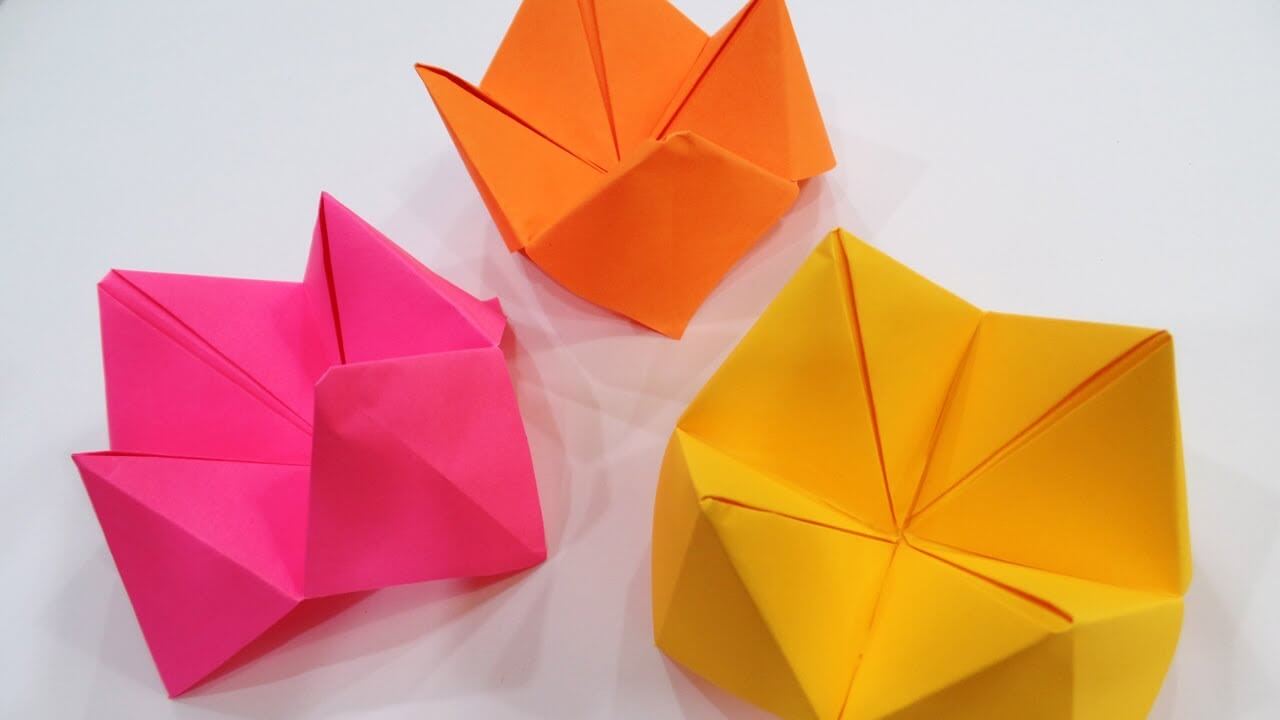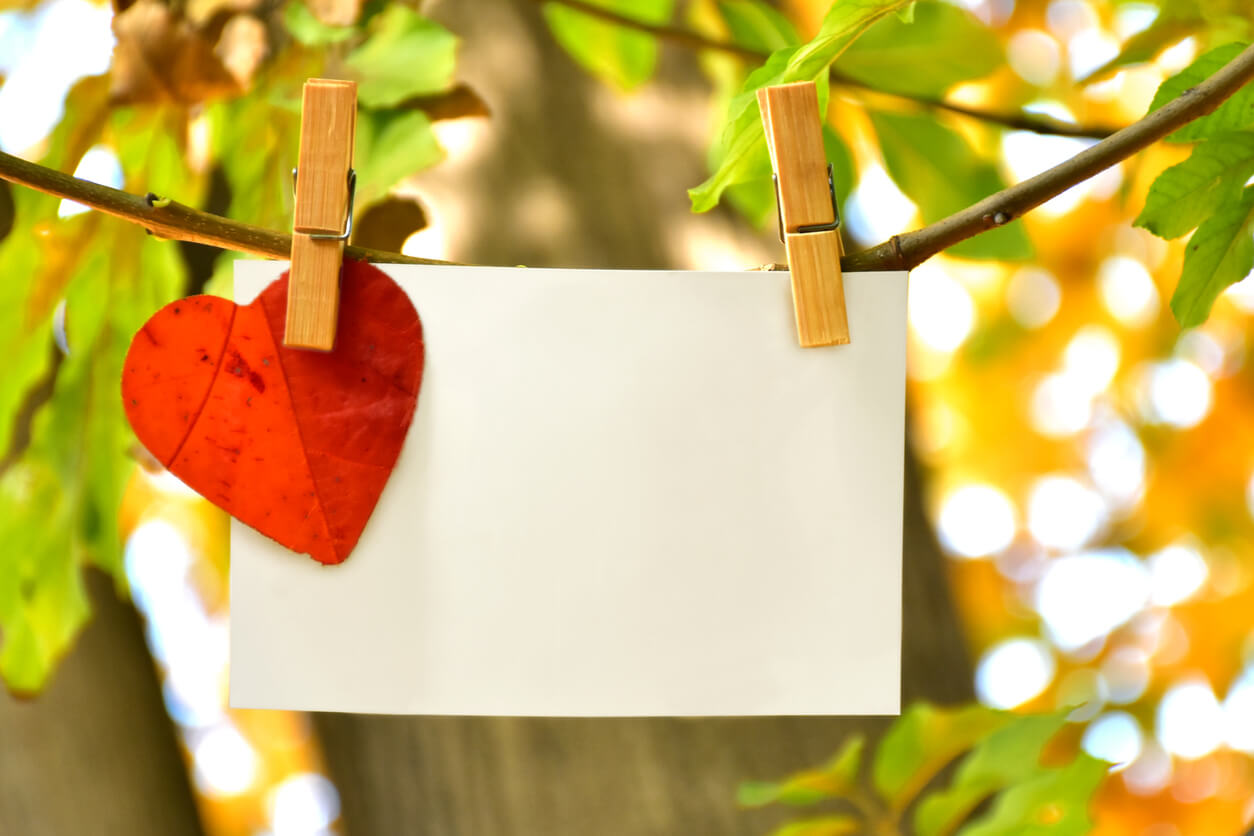3 Crafts to Teach Children to Be Grateful

When we teach good manners to the little ones, we show them the importance of saying “please”, “excuse me” or “thank you”. Grateful children arouse the admiration of those around them and have more satisfying social interactions. But this value not only helps them to relate to others, it also makes them happier and emotionally healthy people. Therefore, we want to suggest some fun crafts to teach children to be grateful.
First of all, we want to remind you that gratitude isn’t only a practice, it’s a value. That is, it’s not about pronouncing the word as a mechanical habit. It’s about developing a positive outlook on life, getting used to seeing and recognizing the goodness around us, and appreciating the presence of those around us. And, in order to develop this style of thinking, there’s nothing better than starting from childhood.
Be grateful by making crafts
There’s no doubt that every mother would like for her children the benefits of practicing gratitude. However, you may not know very well how to apply this education in values. It’s clear that the most effective way is by providing our own gratitude as a daily example. However, doing hands-on activities is much more playful and fun, and is an excellent way to engage children in these important aspects.
While having fun, exploring their creativity, and improving their handicraft skills, children can internalize the message of gratitude. In addition, this is an ideal opportunity to spend quality family time and bond with your children. Fancy giving it a try? Then pay attention to the following options.

1. Gratitude fortune tellers
Remember the fortune tellers you used to make with origami when you were a child? This simple and fun craft can help you transmit to your children the importance of gratitude. To make it, you’ll only need a blank sheet of paper and paints or markers. You can follow the steps below:
- Cut out the sheet to obtain a square.
- Fold it in half in the shape of a triangle, and then undo this step.
- Bring the four corners to the center (you’ll get a smaller square).
- Fold in half, and undo this step.
- Turn the paper over and bring the four corners back to the center.
Now that you’ve finished the origami part, it’s time to decorate. You’ll notice that there are four triangles divided in half: Paint each of those eight spaces with a different color.
Then, lift the flaps and write phrases inside them that reflect your reasons for gratitude. Everything’s ready to start playing!
2. Painted Gratitude Stones
Children love to gather and collect objects from nature such as leaves, seashells, or stones. In this case, we’re going to use the latter to make one of the best crafts to teach children to be grateful. You just need to select some nice big stones, clean them, and follow the next steps:
- Use acrylic or water-based paint to color the smoothest bottom of each of the stones, and let it dry.
- With the help of a fine brush, write on this background the reasons for which you’re thankful.
- You can also add decorations of all the colors and shapes you like.
Now that the painted stones are ready, you can place them in a visible place to always keep in mind the many reasons you have to be thankful. This colorful and eye-catching craft can be a nice natural decoration for your children’s bedroom.
3. The tree of gratitude
To make this craft, you can take several branches that you find in a park and arrange them vertically in a pot or container as if it were a small tree. Or, you can also draw a tree on a piece of cardboard, cut it out, and put it on the wall as a poster.
After finishing this previous step, it’s time to create the leaves. Draw them on a piece of cardboard, cut them out, and write on each one what you’re thankful for. Then, attach each leaf to the branches of the tree with tape.
You can choose the color of the leaves depending on the time of year, or produce flowers or fruit instead. You can also add more and more leaves and phrases, or renew them from time to time. This is an excellent way to cultivate gratitude.

Teach your children to say thank you every night
Crafts are a fun and educational exercise. However, repetition is the fundamental basis for establishing a habit. So if you want to instill a sense of gratitude in your children, it can be very positive to encourage them to be thankful every night.
When you put your child to bed, take a few minutes to recall three aspects of the day for which they’re thankful. It can be as simple as a friend’s smile, mom’s kisses, or the delicious meal you had for dinner. This also helps children go to sleep with positive thoughts and comforting emotions.
In short, a child who practices gratitude is happier, more empathetic, and more resilient. It’s a child who will find it easier and easier to spot opportunities and goodness around them, feel deserving and valuable, and enjoy better social relationships.
We encourage you to put these crafts into practice to teach children to be grateful and observe their impact on your children’s lives as well as your own.
All cited sources were thoroughly reviewed by our team to ensure their quality, reliability, currency, and validity. The bibliography of this article was considered reliable and of academic or scientific accuracy.
- Czar, A., Kapelmayer, M., Kelmanowicz, V., Esteves, S., & Lozada, M. (2019). Intervenciones basadas en gratitud y optimismo reducen las interacciones sociales negativas en niños.
- Moyano, N. C. (2010). Gratitud en la psicología positiva. Psicodebate. Psicología, Cultura y Sociedad, (10), 103-118.
This text is provided for informational purposes only and does not replace consultation with a professional. If in doubt, consult your specialist.
